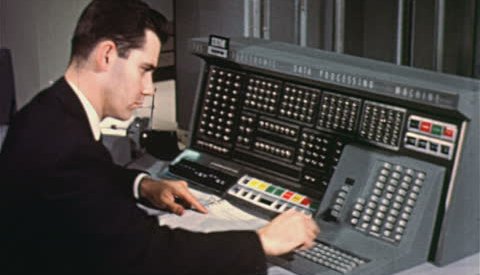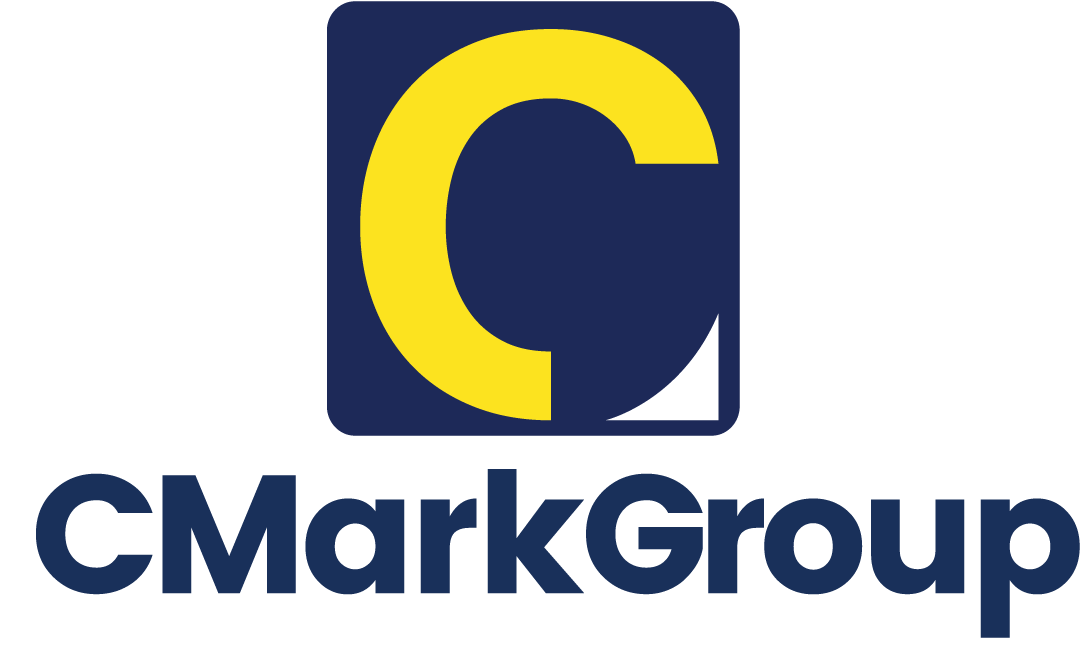Kaizen 2.0 – Lean Transformations
- May 9, 2016
- Posted by: Nayte Carrick
- Category: Uncategorized

A year ago at lunch, the business owner was excitedly speaking about the explosive growth he and his partner have seen over the last five years. Sales have tripled, customers are happy, and he spoke about moving towards an exit in the next few years.
This was followed by an even more exited claim that they had been doing some cost cutting and making things more efficient.
Then, I asked what his customers found valuable about his service, and was met with a blank stare.
BIG ENOUGH FOR EFFICIENCY
It’s pretty common that when a business or division grows to a certain point, the conversation turns to efficiency and cost cutting. This is what I call “big enough for efficiency,” and is one of the hallmark bragging rights for managers and owners at a certain level.
What does “cost cutting” or “improving efficiency really mean? What are the benefits, beyond knowing that you’re spending less? How much should you save?
When you’re a two person company working out of your garage, 2% gain in efficiency doesn’t mean much, but that same gain in a $18M division can mean serious savings.
So why did I ask about the VALUE STREAM?
TURNING THE RIGHT KNOB
Blindly chopping costs or spending less or doing things more efficiently may not achieve the delta you’re looking for. You might take away something that your customers find valuable, or struggle to maintain something that adds no value at all.
You have to know which knobs to turn in order to get the right result.
At this point our conversation centered around the location of one of his most popular divisions. He had talked for a while about having his staff work very hard at squeezing the most out of that location, and that his customers were really attached to that location.
I asked if he had ever studied whether the location was a contributing part of value his value chain, and if customers might be just as happy enjoying his company’s service at another location. — a bit of fear crept into his eyes as he quietly said that he didn’t know.
A value stream analysis found several things his company did that his customers valued. Guess what was very low on the list…. the location. Armed with this information, we successfully moved the location of his most popular division.
We’re waiting on final results, but after accounting for projected growth, it looks like the move to a most cost effective location will have increased the delta of that division by 26%.
LEAN TRANSFORMATION
This is an example of using principles of lean and a transformative approach combined.
The goal of Lean Transformation is a disruptive approach to problem solving, efficiency, delta, and gains.
This article is part of my “Kaizen 2.0: Lean Transformation” series. For more information, message me directly.
